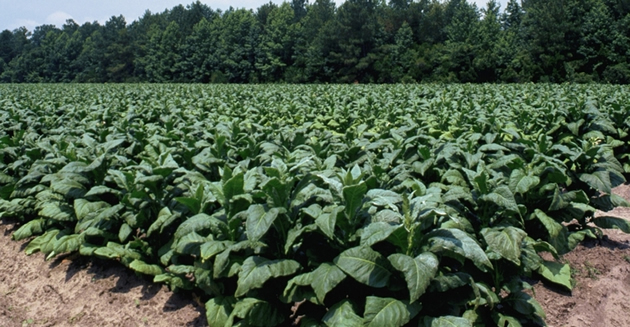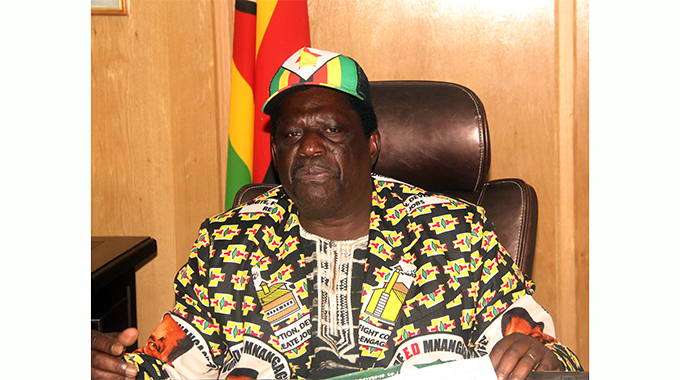Over 143k tobacco growers register with TIMB

Precious Manomano-Herald Reporter
MORE farmers have registered to grow tobacco this season, with 143 660 registering with the Tobacco Industry Marketing Board, up 38 percent from the 113 477 at this time last year.
All farmers, from those on the smallest scale up to the major commercial growers, have to register, along with merchants and contractors, and the numbers have been rising over the years since 2009.
Stakeholders in the tobacco sector have attributed the increase in the number of tobacco growers to favourable prices offered during this year’s marketing season on the auction floors, which set the prices, and by the contractors, who fund the bulk of the crop.
TIMB public affairs officer, Mrs Chelesani Tsarwe, indicated that 29 805 hectares had been planted so far compared to 28 648 hectares planted by the same time last year.
“Currently, planting is being done mainly for dry land and semi-irrigated tobacco since we have started receiving rains around the country. So far 29 805ha have been planted,” she said.
Tobacco Farmers Union Trust president Mr Victor Mariranyika said planting of tobacco had intensified after the country received rains in the past two weeks.
“Some work has started and some farmers are busy with planting using the moisture from the current rains,” he said.
“Farmers are currently planting since most of them have received enough moisture. An increase of tobacco growers this season symbolises that there is a possibility of increasing yield.”
This season, 129 500 hectares of tobacco have been targeted.
The Meteorological Services Department has urged farmers to keep on planting and predicted good rains as the month progresses.
In Zimbabwe, tobacco is grown under irrigation (September planting) or as dry land (that is rain fed) between October and December.
Most small scale growers exclusively produce dry land tobacco, while some larger commercial farmers produce irrigated crops. Tobacco production has been on the increase in the past years and this season, farmers are forecasting an increase in production.
Industry and the Government see the bulk of improved production coming from the smallholder farmers who now dominate the growers.
The Ministry of Lands, Agriculture, Fisheries, Water and Rural Development has also introduced the Tobacco Transformation Plan, which is aimed at boosting production through local funding.
This is to ensure that at least more of the larger commercial growers can use the auctions, rather than contracts, and so ensure that the auction floors continue to function efficiently and set proper market prices for all grades.
Read full article on www.herald.co.zw
On average the country is currently earning between US$800 million and US$1 billion annually from tobacco exports, with about two thirds ending up in farmer’s hands and the rest earned by the merchants who do the initial processing, the final grading and ensure that the final buyers get exactly what they are looking for.
Tobacco is ranked as one of the most economically important non-food crops in Zimbabwe, earning billions in local currency equivalent annually.
The growing of the crop contributes significantly to improving the livelihoods of many people, from farmers in the main tobacco areas, to the merchants and to the processing done locally before the leaf is exported.
This provides a lot of jobs.








Comments